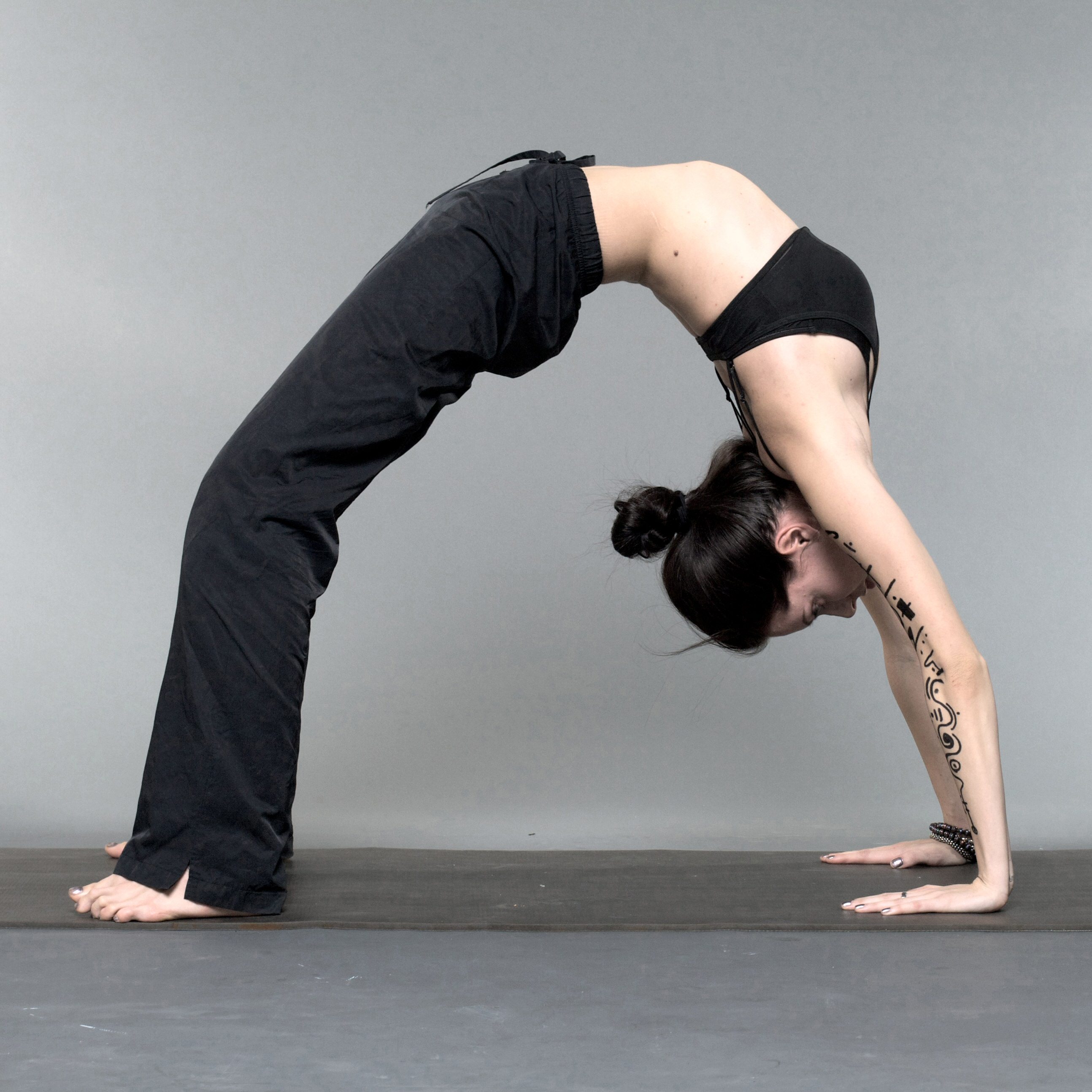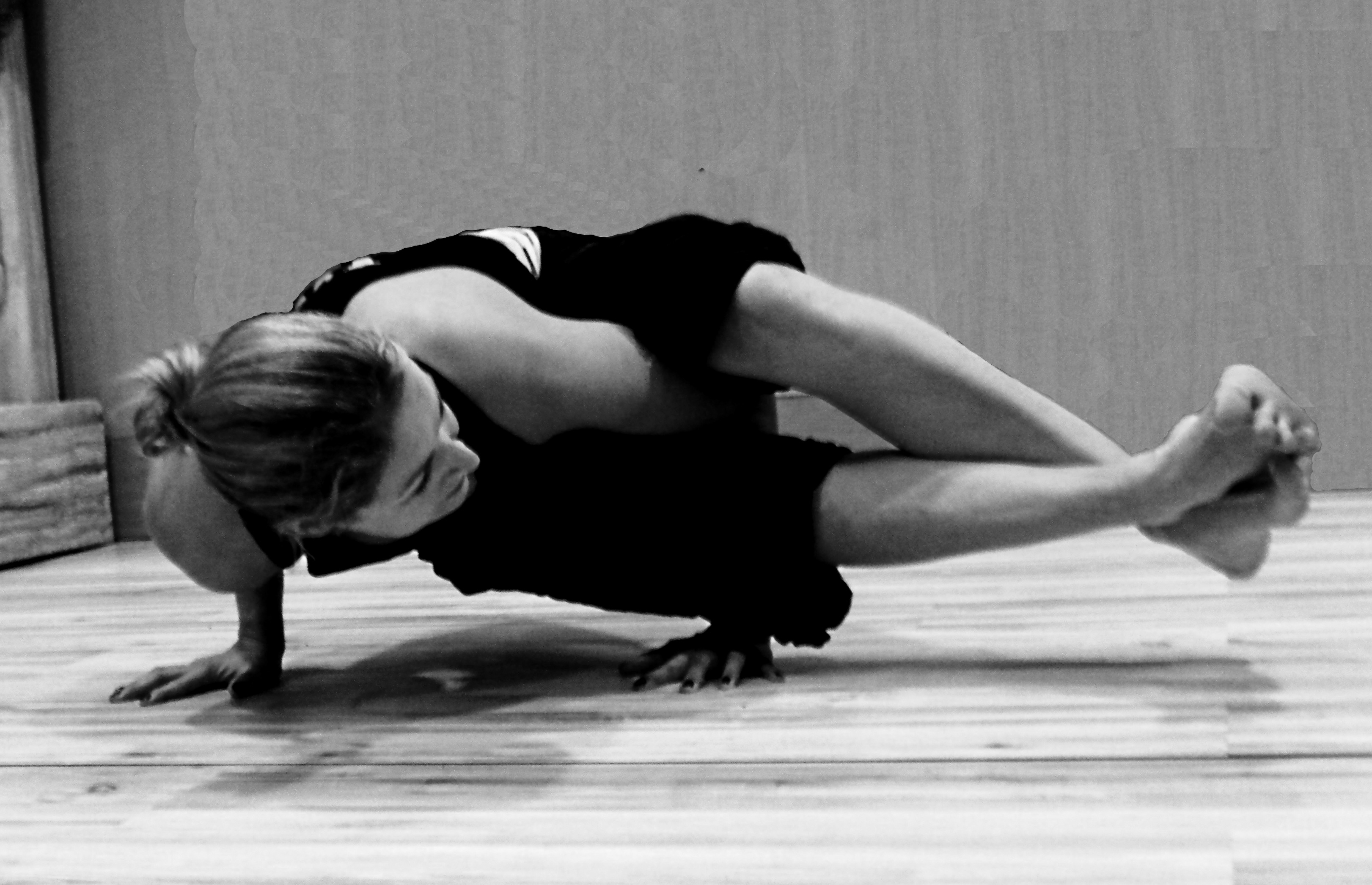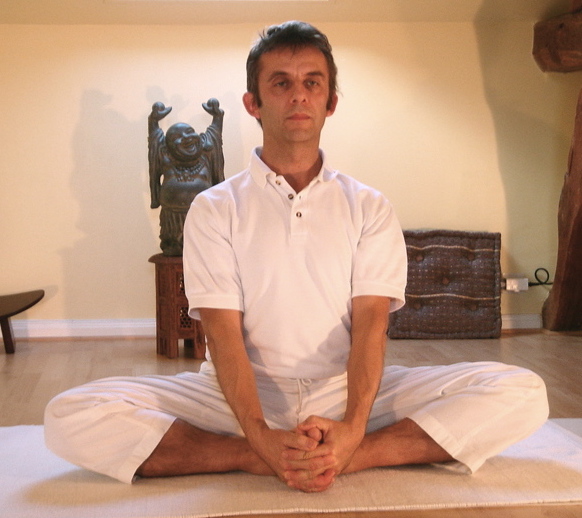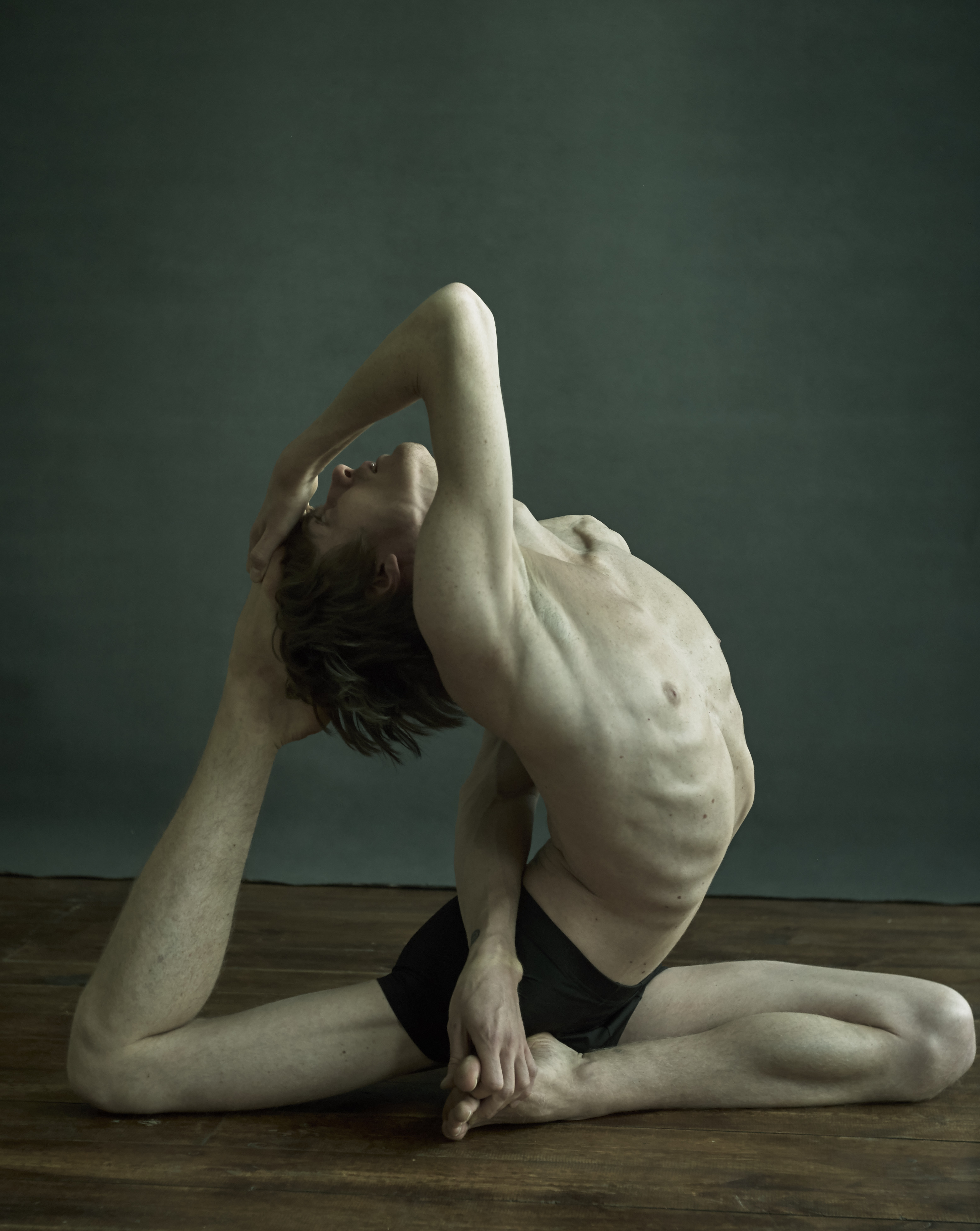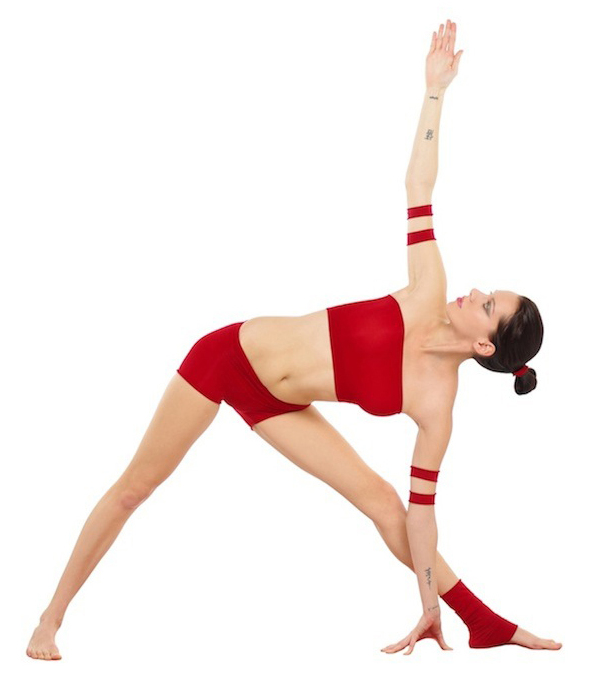|
Yoga Brick
A yoga brick or yoga block is a smooth block of wood or of firm but comfortable material, such as hard foam rubber or cork, used as a prop in yoga as exercise. The use of wooden bricks to assist in alignment was introduced by B. K. S. Iyengar, founder of Iyengar Yoga, and has spread to practices such as Restorative Yoga and Yin Yoga. History B. K. S. Iyengar, who founded Iyengar Yoga in the 1970s, introduced the use of yoga props including bricks and straps to assist his students towards correct alignment in the asanas. He recommended that yoga bricks be similar in size to a house brick, 9 x 4.5 x 3 inches (22.5 x 11 x 7.5 cm) in size. Iyengar yoga institutions sell unbranded props such as bricks, belts, bolsters and blankets. Considerations Yoga bricks are manufactured in a variety of materials, sizes, and colours. Lydia Willgress, writing in ''The Independent'', states that the key considerations are the hardness of the material, which influences the comfort and sup ... [...More Info...] [...Related Items...] OR: [Wikipedia] [Google] [Baidu] |
Pine
A pine is any conifer tree or shrub in the genus ''Pinus'' () of the family Pinaceae. ''Pinus'' is the sole genus in the subfamily Pinoideae. The World Flora Online created by the Royal Botanic Gardens, Kew and Missouri Botanical Garden accepts 187 species names of pines as current, together with more synonyms. The American Conifer Society (ACS) and the Royal Horticultural Society accept 121 species. Pines are commonly found in the Northern Hemisphere. ''Pine'' may also refer to the lumber derived from pine trees; it is one of the more extensively used types of lumber. The pine family is the largest conifer family and there are currently 818 named cultivars (or trinomials) recognized by the ACS. Description Pine trees are evergreen, coniferous resinous trees (or, rarely, shrubs) growing tall, with the majority of species reaching tall. The smallest are Siberian dwarf pine and Potosi pinyon, and the tallest is an tall ponderosa pine located in southern Oregon's Rogue Riv ... [...More Info...] [...Related Items...] OR: [Wikipedia] [Google] [Baidu] |
Urdhva Dhanurasana
Chakrasana ( sa, चक्रासन, lit=Wheel Pose, translit=Cakrāsana) or Urdhva Dhanurasana ( sa, ऊर्ध्वधनुरासन, lit=Upward-Facing Bow Pose, translit=Ūrdhvadhanurāsana) is a backbending asana in yoga as exercise. The one-legged variant is often chosen by yoga practitioners who wish to advertise themselves. Etymology and origins The name Chakrasana comes from the Sanskrit words चक्र ''chakra'', "wheel", and आसन ''āsana'', "posture" or "seat". The name Urdhva Dhanurasana comes from the Sanskrit ''urdhva'' ऊर्ध्व, upwards, and ''dhanura'' धनु, a bow (for shooting arrows). The pose is illustrated in the 19th century ''Sritattvanidhi'' as ''Paryaṇkāsana'', Couch Pose. Description In the general form of the asana, the practitioner has hands and feet on the floor, and the abdomen arches up toward the sky. It may be entered from a supine position or through a less rigorous supine backbend, such as Setu Bandha Sarva ... [...More Info...] [...Related Items...] OR: [Wikipedia] [Google] [Baidu] |
Astavakrasana
Astavakrasana ( sa, अष्टावक्रासन; IAST: ''Aṣṭāvakrāsana'') or Eight-Angle Pose is a hand-balancing asana in modern yoga as exercise dedicated to the sage Astavakra, the spiritual guru of King Janaka. Etymology and origins The name comes from the Sanskrit words अष्टा ''ashta'' meaning "eight", वक्र ''vakra'' meaning "bent, curved", and आसन ''asana'' meaning "posture" or "seat"; or alternatively from the myth of the sage Astavakra. The pose is unknown in hatha yoga until the 20th century ''Light on Yoga'', but the pose appears in the 1896 ''Vyayama Dipika'', a manual of gymnastics, so Norman Sjoman suggests that it is one of the poses adopted into modern yoga in Mysore by Krishnamacharya. The pose would then have been taken up by his pupils Pattabhi Jois and B. K. S. Iyengar. Mythology According to B. K. S. Iyengar's ''Light on Yoga'', Astavakra was believed to be the spiritual guru of King Janaka, father of Sita. Whe ... [...More Info...] [...Related Items...] OR: [Wikipedia] [Google] [Baidu] |
Eka Hasta Bhujasana
Tittibhasana (Sanskrit: टिट्टिभासन ''Ṭiṭṭibhāsana'') or Firefly pose is an arm-balancing asana with the legs stretched out forwards in hatha yoga and modern yoga as exercise. Variants include Bhujapidasana, with the legs crossed at the ankle, and Eka Hasta Bhujasana, with one leg stretched out forwards. Etymology and origins The name Tittibhasana comes from Sanskrit: ''Ṭiṭṭibha'', "small insect, firefly", and ''āsana'', "posture" or "seat". Indian folklore tells the story of a pair of Tittibha birds that nested by the sea; the ocean swept away their eggs, and the birds complained to Vishnu, asking for the eggs to be returned. The god gave the order, and the sea gave the eggs back. The effectiveness of the small weak birds is said to be used as a symbol of yoga, able to overcome the power of illusion in the world. The name Bhujapidasana ( sa, भुजपीडासन; IAST: ''Bhujapīḍāsana'') comes from ''Bhuja'' ( sa, भुज) meaning "a ... [...More Info...] [...Related Items...] OR: [Wikipedia] [Google] [Baidu] |
Baddha Konasana
Baddha Konasana ( sa, बद्धकोणासन ; IAST: ''baddhakoṇāsana''), Bound Angle Pose, Butterfly Pose, or Cobbler's Pose (after the typical sitting position of Indian cobblers when they work), and historically called Bhadrasana, Throne Pose, is a seated asana in hatha yoga and modern yoga as exercise. If the knees rest on the floor, it is suitable as a meditation seat. Etymology and origins The name comes from the Sanskrit words बद्ध, ''Baddha'' meaning "bound", कोण, ''Koṇa'' meaning "angle", and आसन, ''Āsana'' meaning "posture" or "seat". The name Baddha Konasana is relatively recent, but the pose is medieval, as the meditation seat Bhadrasana (from भद्रा ''Bhadra'', "throne") is described in the 15th century ''Haṭha Yoga Pradīpikā'' 1.53-54. Description From sitting position with both the legs outstretched forward, hands by the sides, palms resting on the ground, fingers together pointing forward, the legs are hinge ... [...More Info...] [...Related Items...] OR: [Wikipedia] [Google] [Baidu] |
Eka Pāda Rājakapotāsana
Eka Pada Rajakapotasana ( sa, एक पाद राजकपोतासन; IAST: ''Eka Pāda Rājakapotāsana''), Rajakapotasana, or ne-leggedKing Pigeon Pose is a seated back-bending asana in modern yoga as exercise. The Yin Yoga form of the asana is named Swan Pose, while the Aerial yoga variant, supported in a hammock, is called Flying Pigeon Pose. The basic pose is described in the 20th century by two of Krishnamacharya's pupils, Pattabhi Jois and B. K. S. Iyengar; several other variants have been created. It is one of the yoga poses often used in advertising to convey desired qualities such as flexibility and grace. Etymology and origins The name comes from the Sanskrit words "eka" (एक) meaning "one"; "pada" (पाद) meaning "foot", "rāja" (राज) meaning "king", ''kapota'' (कपोत) meaning "pigeon" and ''āsana'' (आसन) meaning "posture" or "seat". The pose is described in the 20th century by two of Krishnamacharya's pupils, Pattabhi Jois in ... [...More Info...] [...Related Items...] OR: [Wikipedia] [Google] [Baidu] |
Paschimottanasana
Pashchimottanasana ( sa, पश्चिमोत्तानासन, translit=paścimottānāsana), Seated Forward Bend, or Intense Dorsal Stretch is a seated forward-bending asana in hatha yoga and modern yoga as exercise. Janusirsasana is a variant with one knee bent out to the side; Upavishthakonasana has the legs straight and wide apart. Etymology and origins The name Paschimottanasana comes from the Sanskrit words ''paschima'' (पश्चिम, paścima) meaning "west" or "the back of the body"; ''uttana'' (उत्तान, uttāna) meaning "intense stretch" or "straight" or "extended"; and ''asana'' (आसन, āsana) meaning "posture" or "seat". The pose is described in the 15th-century ''Hatha Yoga Pradipika'', chapter 1, verses 28-29. The name Dandasana ( sa, दण्डासन; IAST: ''daṇḍāsana'') is from Sanskrit दण्ड ''daṇḍa'' meaning "stick" or "staff". The pose is not found in the medieval hatha yoga texts. The 19th century ''Sritat ... [...More Info...] [...Related Items...] OR: [Wikipedia] [Google] [Baidu] |
Trikonasana
Trikonasana or Utthita Trikonasana ( sa, उत्थित त्रिकोणासन; IAST: ''utthita trikoṇāsana''), xtendedTriangle Pose is a standing asana in modern yoga as exercise. Variations include Baddha Trikonasana (bound triangle pose) and Parivrtta Trikonasana (revolved triangle pose). Etymology and origins The name comes from the Sanskrit words ''utthita'' (उत्थित), "extended", ''trikoṇa'' (त्रिकोण) "triangle", and ''āsana'' (आसन) "posture" or "seat". The pose is first described in the 20th century, appearing in the teaching of Tirumalai Krishnamacharya, including his 1934 book ''Yoga Makaranda'', and in the works of his students. Description Trikonasana is performed in two parts, facing left, and then facing right. The practitioner begins standing with the feet one leg-length apart, knees unbent, turns the right foot completely to the outside and the left foot less than 45 degrees to the inside, keeping the heels in ... [...More Info...] [...Related Items...] OR: [Wikipedia] [Google] [Baidu] |
Eyal Shifroni In Vasisthasana With Props
Eyal ( he, אֱיָל; ''lit.'' power) is a kibbutz in the Central District of Israel. Located close to the Green line, it falls under the jurisdiction of the Drom HaSharon Regional Council. In it had a population of . Geography Eyal is located in central Israel within the green line in the central Sharon region, and just to the east of Highway 6. It is approximately 6 km north-east of the city of Kfar Saba. Just to its north-east is the city of Kokhav Ya'ir, and west of the city of Tzur Yigal. To its north-west is the Israeli Arab city of Tira, and to its south is the Palestinian city of Qalqilyah. History Eyal was established in 1949 by Nahal volunteers. Israel sought to establish security settlements along its borders, and Eyal was established on what was then the Jordanian border. It is just north of the West Bank town of Qalqilyah. Attractions Keren Sahar Vintage Auto Museum houses a collection of vintage cars, featuring British automobiles from the 1930s and 194 ... [...More Info...] [...Related Items...] OR: [Wikipedia] [Google] [Baidu] |
Cuboid
In geometry, a cuboid is a hexahedron, a six-faced solid. Its faces are quadrilaterals. Cuboid means "like a cube", in the sense that by adjusting the length of the edges or the angles between edges and faces a cuboid can be transformed into a cube. In mathematical language a cuboid is a convex polyhedron, whose polyhedral graph is the same as that of a cube. Special cases are a cube, with 6 squares as faces, a rectangular prism, rectangular cuboid or rectangular box, with 6 rectangles as faces, for both, cube and rectangular prism, adjacent faces meet in a right angle. General cuboids By Euler's formula the numbers of faces ''F'', of vertices ''V'', and of edges ''E'' of any convex polyhedron are related by the formula ''F'' + ''V'' = ''E'' + 2. In the case of a cuboid this gives 6 + 8 = 12 + 2; that is, like a cube, a cuboid has 6 faces, 8 vertices, and 12 edges. Along with the rectangular cuboids, any parallelepiped ... [...More Info...] [...Related Items...] OR: [Wikipedia] [Google] [Baidu] |
Business Insider
''Insider'', previously named ''Business Insider'' (''BI''), is an American financial and business news website founded in 2007. Since 2015, a majority stake in ''Business Insider''s parent company Insider Inc. has been owned by the German publishing house Axel Springer. It operates several international editions, including one in the United Kingdom. ''Insider'' publishes original reporting and aggregates material from other outlets. , it maintained a liberal policy on the use of anonymous sources. It has also published native advertising and granted sponsors editorial control of its content. The outlet has been nominated for several awards, but is criticized for using factually incorrect clickbait headlines to attract viewership. In 2015, Axel Springer SE acquired 88 percent of the stake in Insider Inc. for $343 million (€306 million), implying a total valuation of $442 million. In February 2021, the brand was renamed simply ''Insider''. History ''Busi ... [...More Info...] [...Related Items...] OR: [Wikipedia] [Google] [Baidu] |


